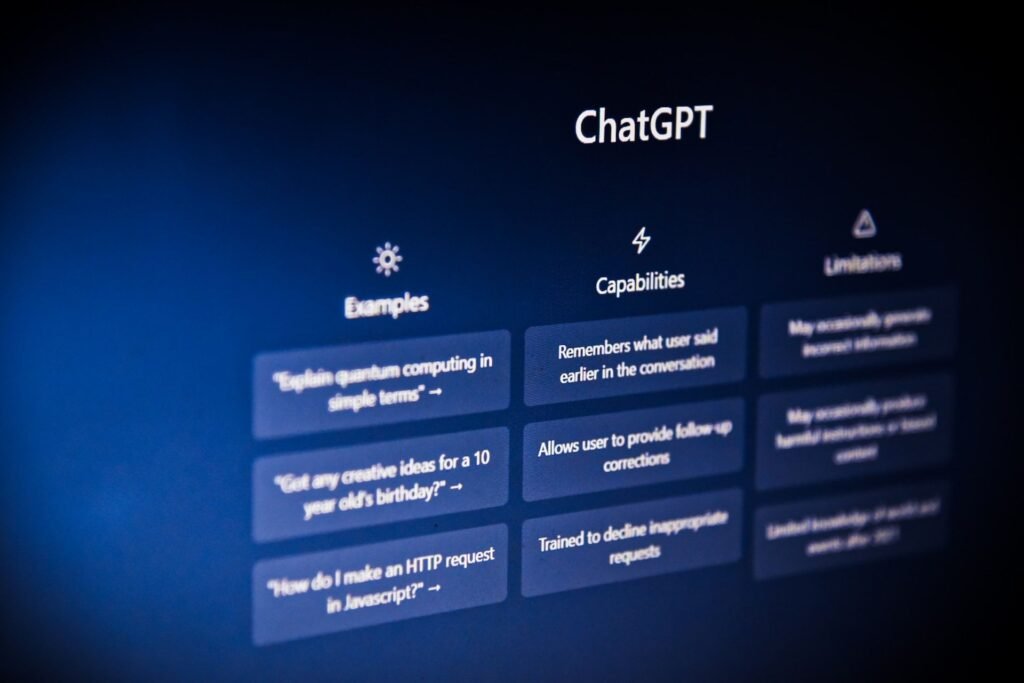ChatGPT has introduced a new accessibility feature allowing it to audibly read out its responses to users.
The Read Aloud functionality can be accessed on Android and iOS apps, as well as through the web client.
ChatGPT has introduced a new accessibility feature aimed at aiding visually impaired individuals. This AI-driven chatbot, developed by OpenAI, unveiled the Read Aloud feature on Monday, enabling it to verbally articulate its written responses. This latest addition distinguishes itself from the voice chat feature introduced in September 2023, leveraging the AI model’s multimodal capabilities. Additionally, an earlier report hinted at the potential introduction of a home-screen widget for the Android app version of the chatbot.
The official OpenAI account, previously known as X on Twitter, announced the new feature through a post, stating, “ChatGPT now offers the capability to read responses aloud. Simply tap and hold the message on iOS or Android, then select ‘Read Aloud.’ Additionally, we’ve initiated the rollout on the web – just click the ‘Read Aloud’ button located below the message.” The announcement was accompanied by a video demonstrating the feature.

The Read Aloud functionality is accessible across ChatGPT’s Android and iOS applications, as well as its web interface. This feature has been integrated into both ChatGPT 4.0, which drives the ChatGPT Plus version, and ChatGPT 3.5, which is freely accessible. It supports reading responses in 37 languages. Notably, it automatically identifies the language of the generated text when responding. Consequently, if a response is generated in English, the verbal response will also be in English.
Although it may seem similar to the voice chat feature, the Read Aloud function represents a distinct application of text-to-speech functionality. Unlike voice chat, where users can only verbally converse and listen to responses without seeing the text until the conversation concludes, this feature maintains a text-based mode of communication. Users have the flexibility to select specific messages to be read aloud. This capability proves useful when users are occupied and unable to read lengthy responses on the screen or for individuals with visual impairments who may not be able to read at a particular time.
OpenAI seems to be developing several new features. According to a previous report, the Android app for the chatbot might receive a home-screen widget in the near future. This widget will include shortcuts for sending text messages, uploading or sending images, voice queries, or initiating a voice chat.
